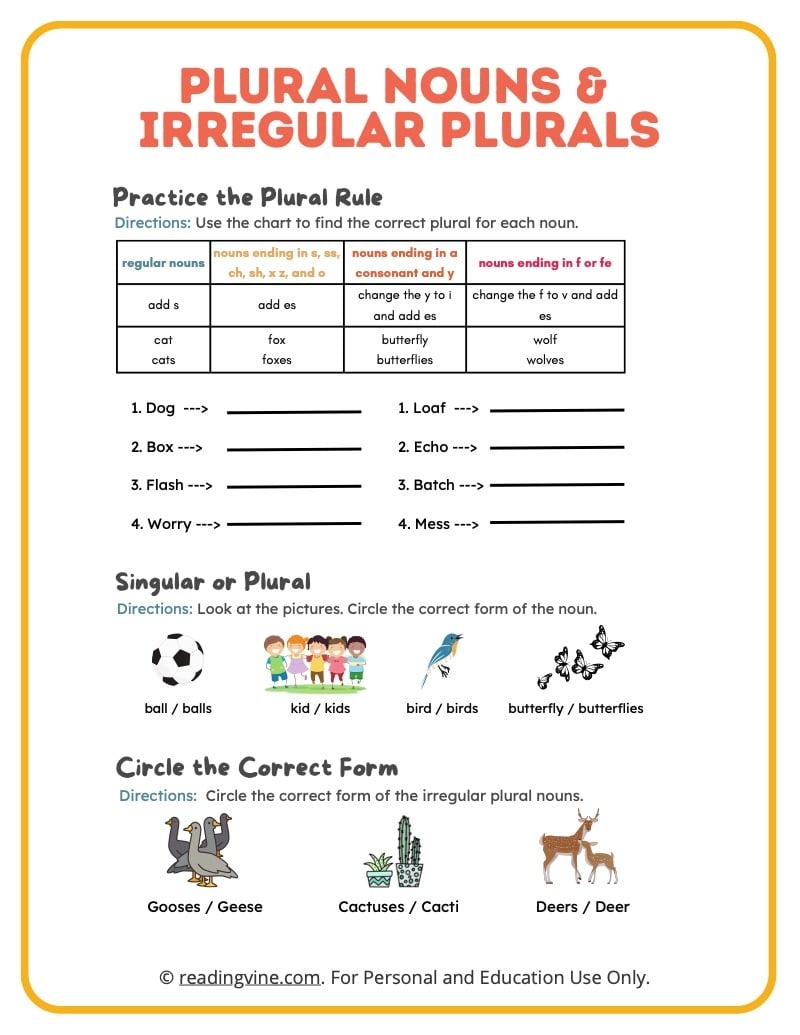Plural nouns can be a bit tricky in the English language, especially when it comes to irregular plurals. Regular plurals are formed by simply adding an “s” or “es” to the end of a singular noun, but irregular plurals do not follow this rule. They have unique forms that must be memorized. Understanding regular irregular plural nouns is essential for clear and effective communication.
Regular plural nouns, on the other hand, are much simpler to form. Most plural nouns can be created by adding an “s” to the end of the singular form. For example, “cat” becomes “cats” and “book” becomes “books.” However, there are some exceptions to this rule, and these are known as irregular plural nouns.
Regular Irregular Plural Nouns:
One common example of a regular irregular plural noun is “child.” The plural form of “child” is not “childs” but “children.” Another example is “person,” which becomes “people” in the plural form. These irregular plurals must be learned through memorization, as they do not follow the typical “s” or “es” rule.
Some nouns have the same form in both singular and plural. These are known as invariant plurals. For example, “sheep” is the same in both singular and plural form. Other examples include “deer,” “fish,” and “species.” It is important to recognize these nouns as they do not change when referring to more than one.
There are also irregular plurals that undergo a vowel change in their plural form. For instance, “man” becomes “men” and “woman” becomes “women.” These irregular plurals often involve a change in the vowel sound rather than just adding an “s” or “es.”
In some cases, irregular plurals are borrowed from other languages. For example, the plural form of “datum” is “data,” which comes from Latin. Similarly, the plural of “cactus” is “cacti,” which is derived from Greek. These borrowed plurals add complexity to the English language but are essential for accurate communication.
In conclusion, regular irregular plural nouns can be confusing but are an important aspect of English grammar. Understanding the different forms of irregular plurals, including those with vowel changes and borrowed forms, is crucial for clear and effective communication. By recognizing and memorizing these irregular plurals, you can improve your language skills and avoid common mistakes in writing and speaking.
